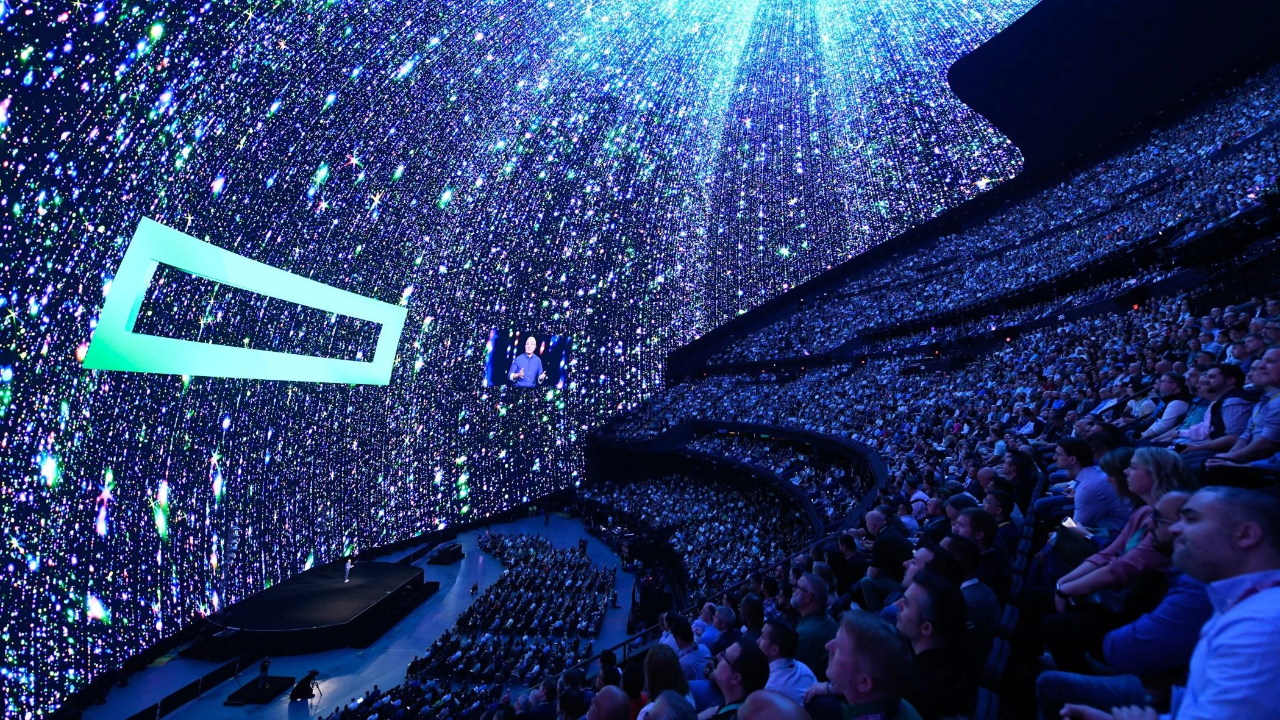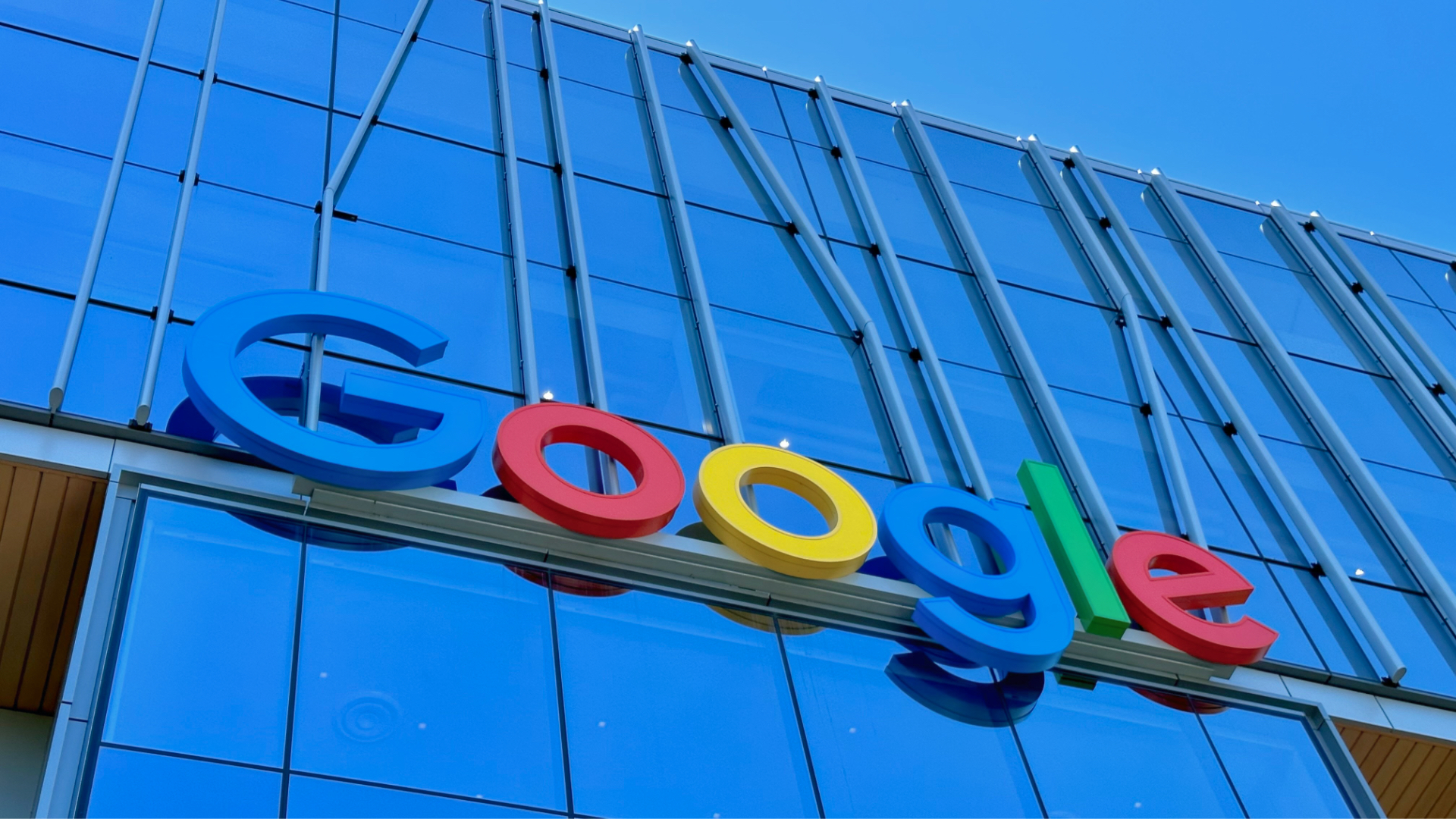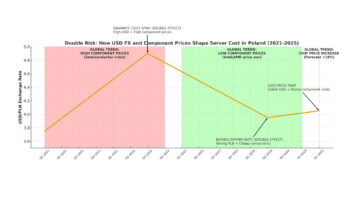The US Department of Justice has approved the acquisition of Juniper Networks by Hewlett Packard Enterprise for $14 billion. While the finalisation of the deal appears to be a foregone conclusion, the settlement includes several significant commitments that shed light on the regulator’s real concerns about increasing consolidation in the US networking sector.
The case was due to go to the courtroom on 9 July, but the settlement filed on Friday evening avoids it. The terms? HPE must sell its Instant On wireless business, and license the source code for the Mist AI software used in Juniper’s wireless solutions.
In practice, this means: the deal may happen, but without overly ‘densifying’ the business Wi-Fi market. Mist AI is one of the pillars of Juniper’s offering – an artificial intelligence-based system that automates WLAN management. Separating this technology at the licensing level is a nod to competitors, so as not to close off their path to the market.
The Department of Justice argued in January that a merger between HPE and Juniper could limit competition, leaving only two players – Cisco and the new HPE-Juniper duo – in the de facto battleground, controlling more than 70% of the US networking equipment market. This is a not unfounded fear: data from IDC and the Dell’Oro Group shows that Cisco has around 45% of the enterprise networking market, Juniper and HPE together over 25%.
However, the settlement shows that the regulator also sees the other side of the coin. The market is no longer the same playing field it was a decade ago. Cloud solutions, the rise of software-defined network control (SDN), and integration with AI workloads are changing the priorities of enterprise customers. For HPE, the acquisition of Juniper is not just a matter of expanding its portfolio, but more importantly – building a modern, integrated platform that responds to AI-native workloads.
In this way, HPE is seeking to enter the premier league of AI infrastructure providers, where Nvidia, AMD, Broadcom and, of course, hyperscalers currently dominate. Juniper, with its specialisation in network traffic management and automation, could be an important piece in this puzzle.
From the perspective of the IT sales channel and integrators, the DOJ’s decision is a signal that regulators will still intervene when consolidations hook into market dominance – but at the same time allow growth if competitive conditions are secured. This is particularly important for HPE and Juniper partners, who will now have to analyse how the change in structure will affect product availability, discount policies and technology roadmaps.
The settlement therefore does not just end a legal dispute. It opens a new phase: the battle for position in the era of AI-designed networks.












